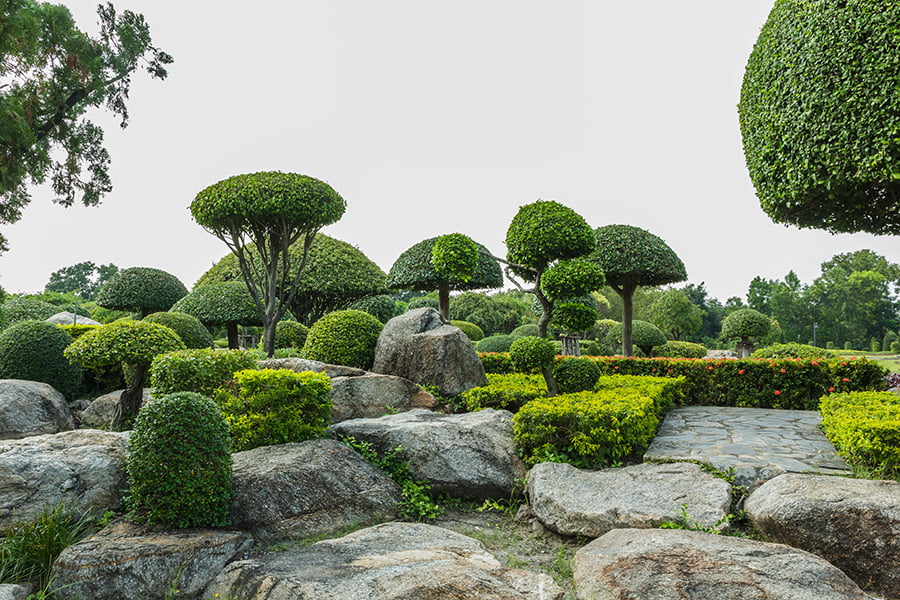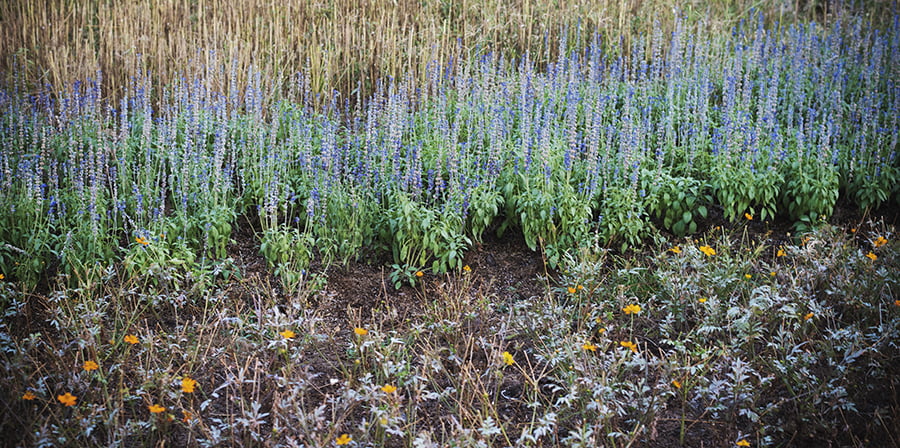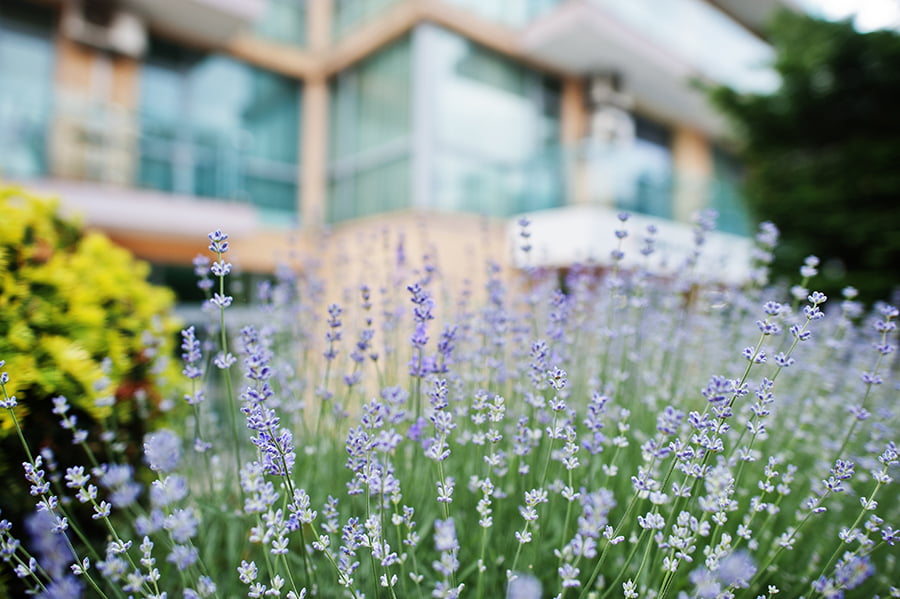Landscaping ideas for a minimalist garden include using simple shapes and lines, incorporating natural elements such as rocks and plants, and utilizing neutral colors.
If you’re looking for landscaping ideas to create a minimalist garden, you’ve come to the right place! Minimalist gardens are all about focusing on the basics and creating a space that is both aesthetically pleasing and easy to maintain.
In this blog post, we’ll explore some of the best landscaping ideas for minimalist gardens, including minimalistic plants, simple pathways, and more.
With these tips in hand, you’ll be able to create a beautiful garden that will last for years!
Using Native Plants
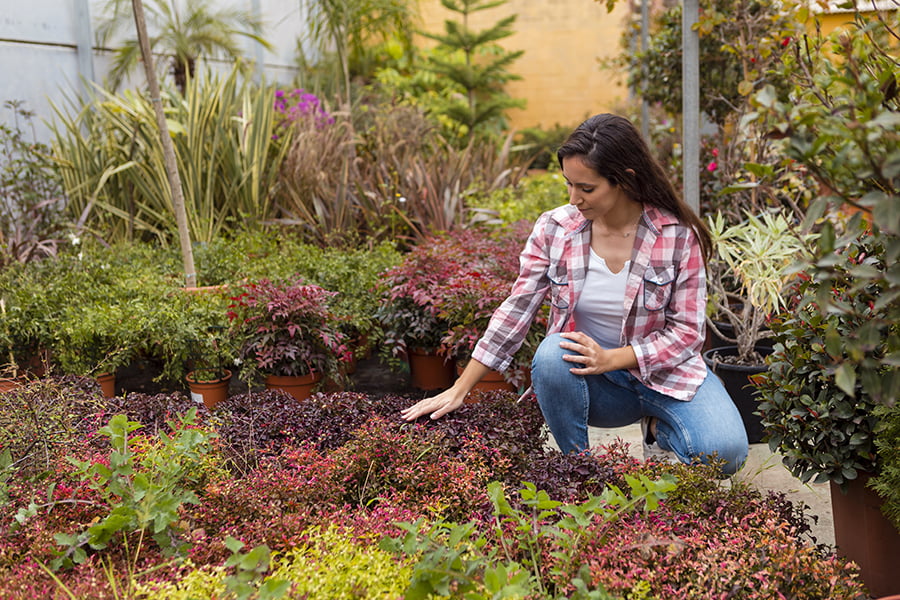
Native plants are those that naturally occur in the local area, meaning they are adapted to the climate and soil conditions of the region. This means they require less water, fertilizer, and maintenance than non-native species.
Native plants provide food and shelter for local wildlife such as birds, butterflies, bees, and other beneficial insects. When selecting native plants for your minimalist garden design it is important to consider their size at maturity so you can plan accordingly for spacing between them.
Also consider how much sun or shade each plant needs as well as its bloom time so you can create a beautiful display throughout the year. Finally be sure to select varieties with interesting foliage or texture that will add visual interest even when not in bloom.
Creating a Rock Garden
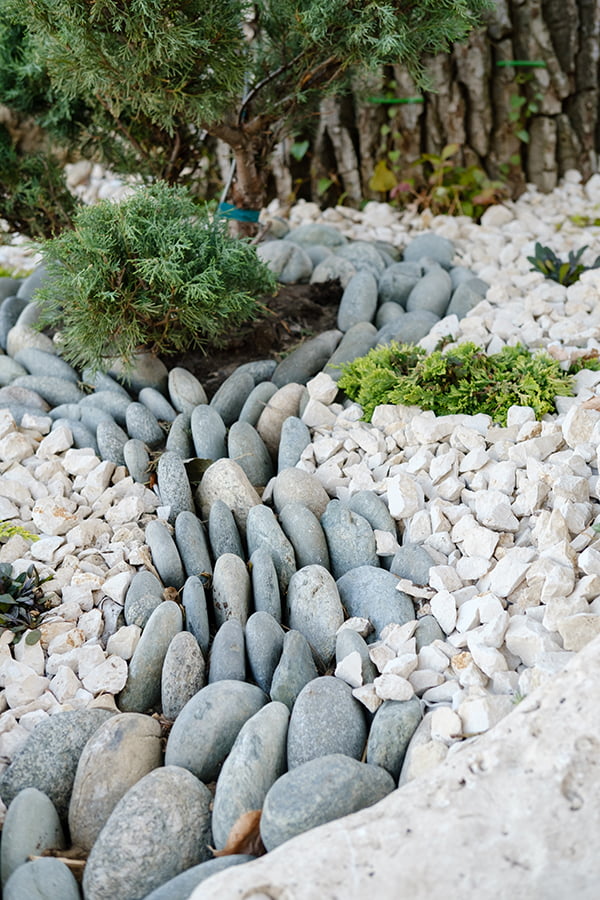
A rock garden is composed of rocks, stones, and other natural materials that are arranged in an aesthetically pleasing way. The rocks can be used to create pathways, walls, or even water features such as ponds or streams.
Plants can be added to the rock garden for color and texture. These plants should be chosen carefully so they do not overpower the overall look of the minimalist design.
Lighting can also be incorporated into the design to add ambiance and highlight certain areas of the rock garden at night.
Incorporating Hardscaping Elements Such As Gravel or Stone Pathways
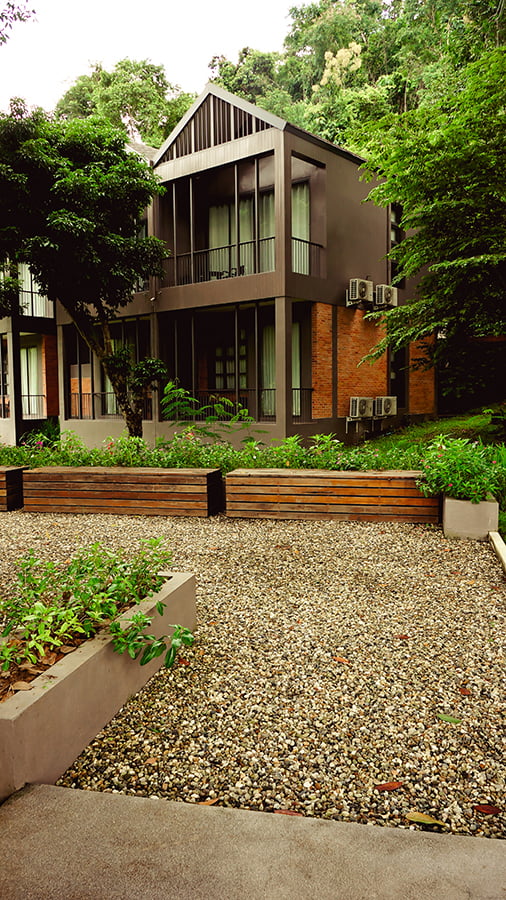
Hardscaping refers to the use of non-living materials such as rocks, stones, and gravel in landscaping. These materials can be used to create pathways that lead through the garden or around it, adding visual interest and texture while also providing practical benefits like drainage control and erosion prevention.
Gravel paths are especially popular for minimalist gardens because they require minimal upkeep and can be easily customized with different colors and sizes of stones. Stone pathways are also an option; these provide a more formal look than gravel but may require more maintenance due to their tendency to shift over time.
Planting in Raised Beds or Containers
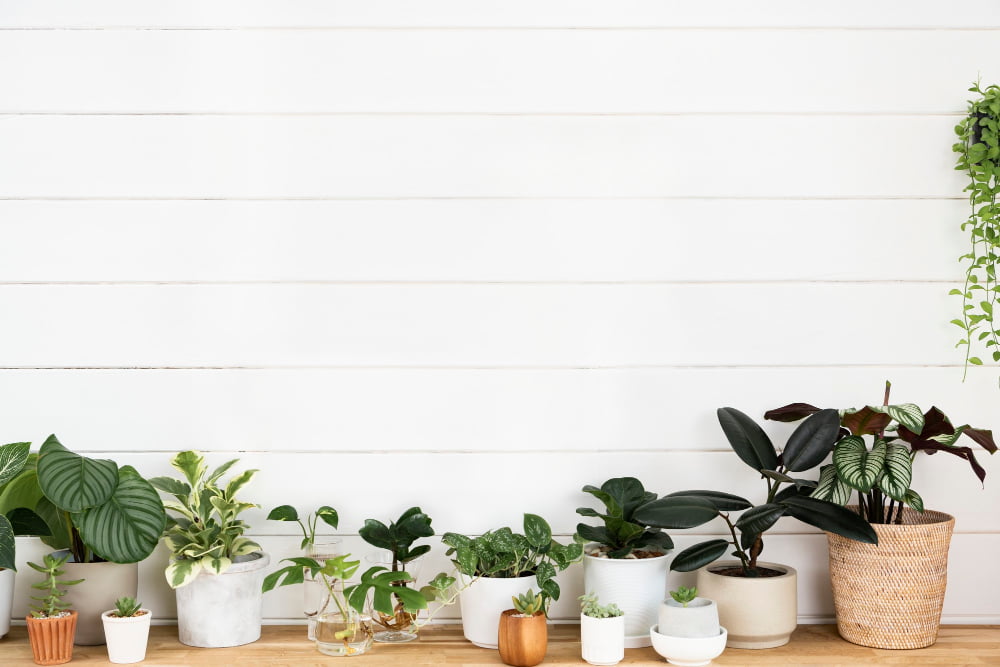
Raised beds are elevated structures that can be filled with soil, compost, and other materials to create a planting area. They provide good drainage and allow for more control over the soil composition than traditional in-ground gardens.
Containers are also an excellent option for creating a minimalist garden as they come in various sizes and shapes, making them easy to fit into any space. Planting in raised beds or containers allows you to choose the plants that will best suit your needs while keeping your garden looking neat and tidy.
These types of gardening methods require less maintenance than traditional gardens since they don’t need weeding or tilling of the soil.
Using Low-maintenance Shrubs and Trees
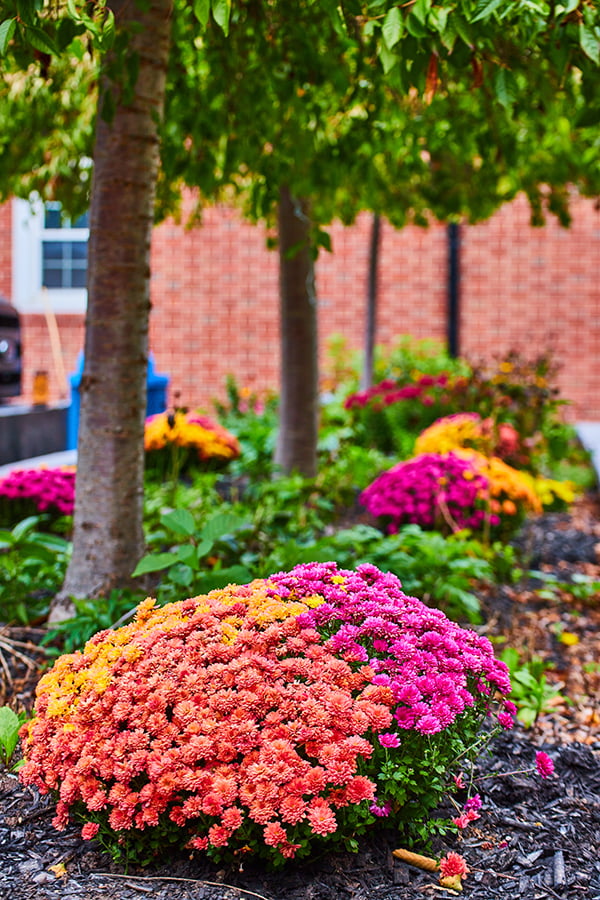
Low-maintenance plants are those that require minimal care, such as pruning or fertilizing, and can thrive in most climates with little effort. These types of plants are ideal for creating a minimalist garden because they don’t require much upkeep and will still look beautiful year after year.
Some examples of low-maintenance shrubs and trees include boxwood, yew, juniper, holly, cotoneaster, barberry, viburnum, spirea and dogwood. These plants come in various shapes and sizes so you can easily find one that fits your space perfectly.
These shrubs and trees provide structure to the landscape while also providing color throughout the seasons with their evergreen foliage or colorful blooms.
Adding Vertical Elements Like Trellises or Obelisks
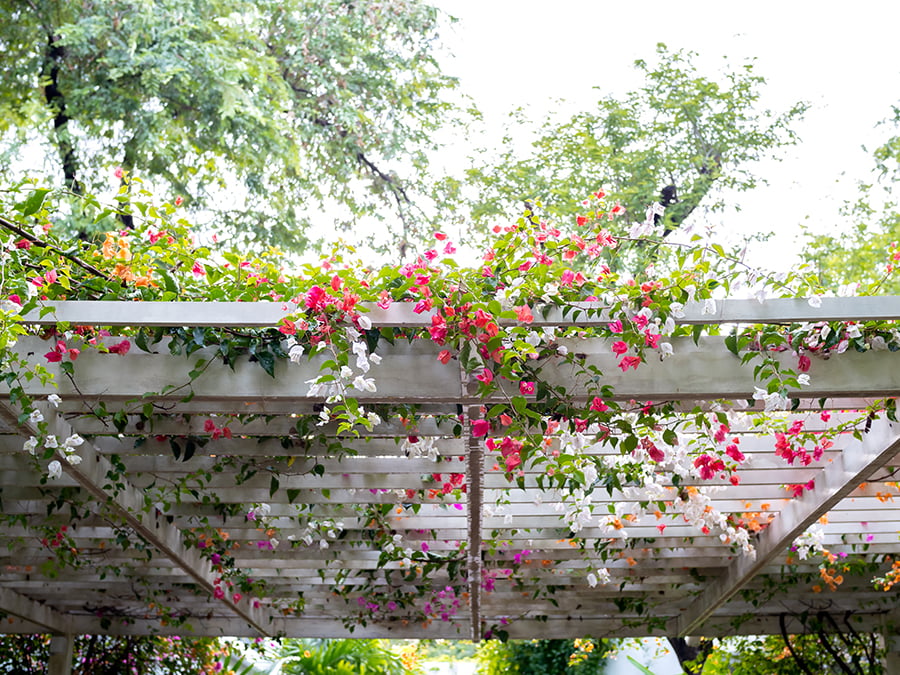
Trellises are structures made of wood, metal, or plastic that can be used to support climbing plants such as vines and roses. Obelisks are tall, four-sided columns with a pyramid shape at the top that can be used for supporting plants or simply as an ornamental feature in the garden.
Both trellises and obelisks provide structure and visual appeal while taking up minimal space in the garden. They also help create privacy by blocking out unwanted views from neighboring properties.
They can be used to draw attention away from other features in the landscape such as walls or fences that may not fit into a minimalist design aesthetic.
Incorporating Water Features Such As Fountains or Ponds
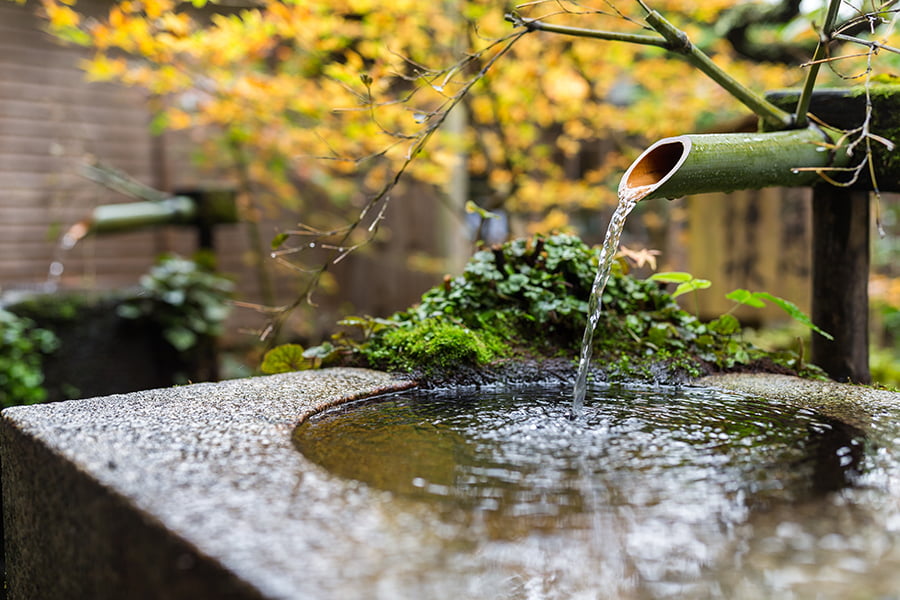
Fountains are a great choice for those looking to create a tranquil atmosphere, as the sound of running water is known to be calming and soothing. Ponds are also an option, providing the opportunity for homeowners to introduce aquatic plants and fish into their garden.
Both options require minimal maintenance, making them ideal for those who want a low-maintenance landscape design. Both fountains and ponds can help attract wildlife such as birds or butterflies which will further enhance the beauty of your minimalist garden.
